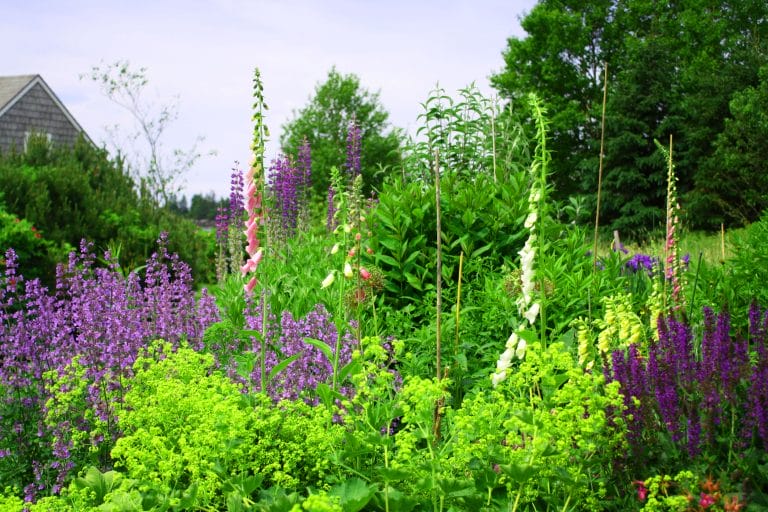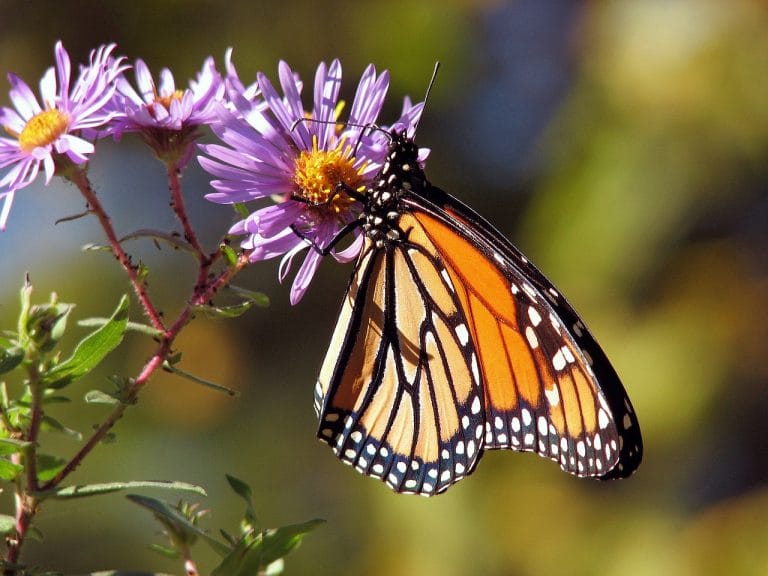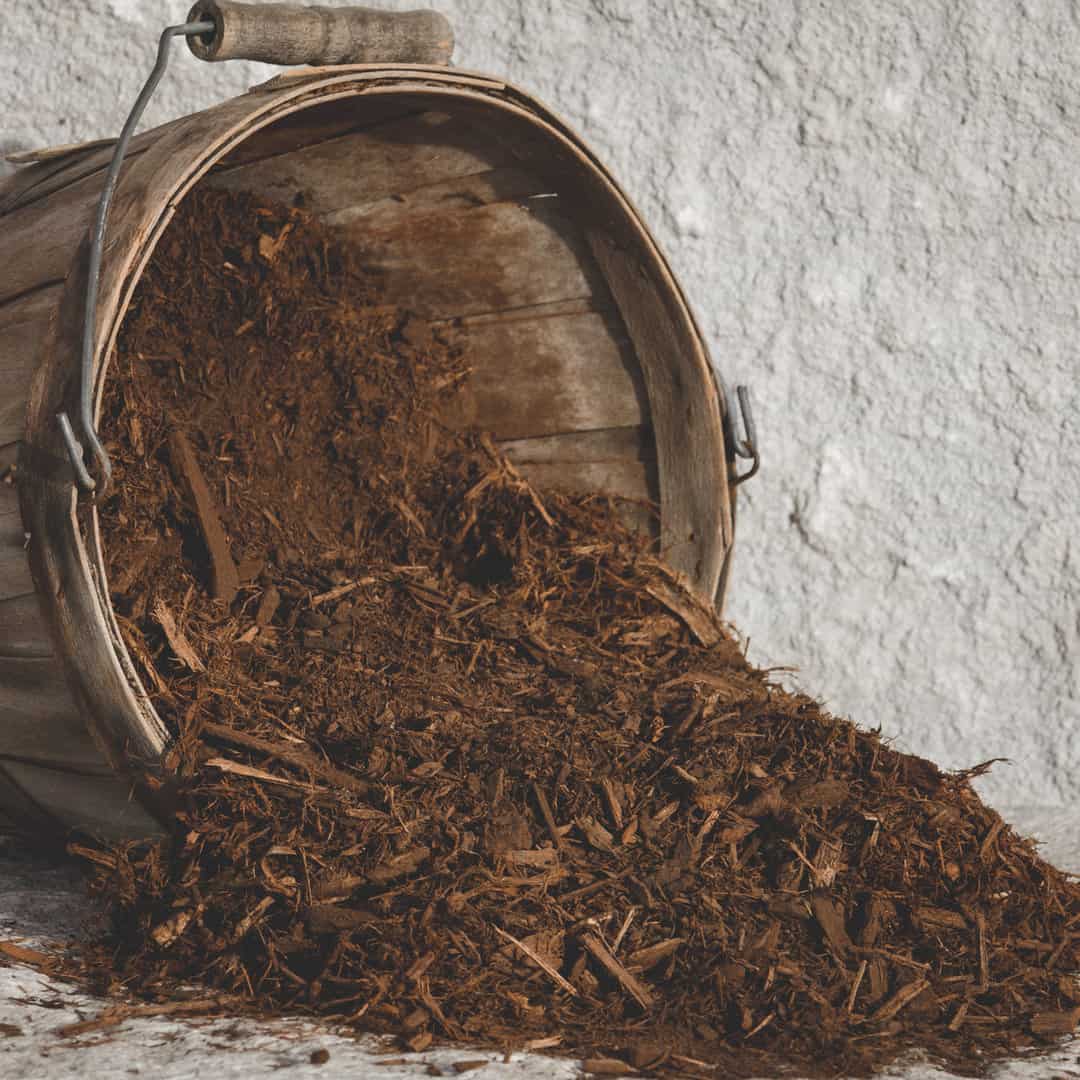The benefits of a well-designed landscape full of trees and shrubs that are selected for aesthetic value and functionality are multi-fold. Immediately apparent, a designed landscape with trees and shrubs will be visually pleasing. Looking deeper may reveal that the placement of plant life may also save a homeowner on heating costs during the winter, or otherwise benefit a homeowner beyond the looks of a tree or shrub. Trees and shrubs, when planted correctly in layered rows, will protect a home from the harsh winds of winter. Tree and shrub windscreens will also give your landscape some protection from eroding in winter winds. Deciduous trees strategically placed in your yard will also allow for sunlight to heat a home during winter months. Planting windscreens of trees and shrubs will not only make your landscape a pleasant sight in the winter, but also save you some money.
According to the Arbor Day Foundation, “planting a row of conifer trees on the north and northwest sides of your property creates a wall against cold winter winds – saving your heating costs by up to 30%.” Assuming a homeowner’s monthly heating bill during the winter was $100, over the course of the winter (Nov-Feb), that homeowner may end up paying $400 for heat in the winter. By the Arbor Day Foundation’s estimates, this homeowner could end up saving $120 every winter by just planting some trees. As trees are a long-term investment, over the course of ten years, that homeowner may end up saving upwards of $1,200 by planting a windscreen—potentially even paying for itself.
The Arbor Day Foundation explains the trickle-down effects of using less energy, or, “Less fossil fuel is consumed by the utility to create the energy, which means less carbon dioxide emissions. The best protection from wind occurs when the windbreak is no more than the distance of one or two tree heights from the house. The downwind side of the trees is where the most snow accumulates, so plant your windbreak a one or two tree-height distance from your rooftop and driveway if you can.”
Another consideration beyond planting wind screening is utilizing the natural cycle of a deciduous tree’s leaf drop to help the sun warm your home in winter. “Plant deciduous trees so bare branches allow winter sunshine to warm the house and windows. Use conifers in the north and northwest to block winter wind, but not where they’ll block winter sunshine. After the leaves fall, the sun pours through tree branches to warm your home in winter. The sun travels lower on the southern horizon in winter, so you’ll want to avoid planting evergreen trees on the south side of your home where they’ll block winter sunshine. Instead, plant an evergreen conifer windbreak on the north and northwest of your home to block cold winter winds,” explains the Arbor Day Foundation.
Essentially, by planting trees and shrubs as a winter windscreen a homeowner gets to enjoy the natural beauty of hedges within their landscape, with the added bonus of cost savings. Trees and shrubs selected for their growing season visuals will complement a landscape during spring, summer and fall, then provide winter interest and reduced heating bills in winter. By planning ahead, windscreens can be a win-win for homeowners, their pocketbooks and the Earth.
Whispering Hills carries everything that you need to plant a windscreen with trees and shrubs. Evergreens work best for winter windscreens because as their name suggests, evergreens keep their leaves year-round. A windscreen of evergreen trees and shrubs will be able to mute winter winds by breaking gusts up. As recommended by our garden center manager and horticulturalist, Sean Ducey, “Green Giant Arborvitae, Wintergreen Arborvitae or Taylor Juniper make for great evergreen tree selections and larger shrubs can help fill in gaps until trees grow in together.”
Whispering Hills Garden and Landscape Center is a full service landscape center and nursery located in Cary, Illinois. Stop in today to schedule a Spring 2022 cleanup. (Updated: 12/16/21)
Shop Archive














